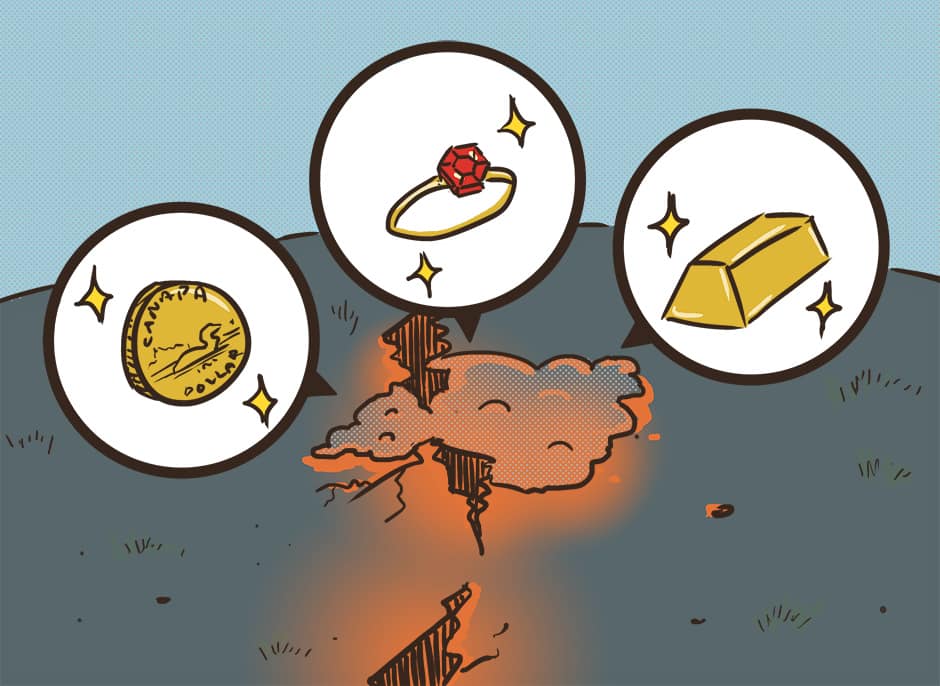In 1991, the world witnessed the eruption of Mount Pinatubo, a volcano in the Phillippines that spewed out so much sulphur into the atmosphere that the global temperature dropped by one degree for an entire year. For two decades, scientists wondered how Mount Pinatubo and other volcanoes like it could produce such a tremendous amount of sulphur, as it was believed to be physically impossible that one single magma source could send that much of the substance to the surface. Now, U of T professors James Mungall and James Brenan, along with their French and Australian colleagues, have finally found the solution to the puzzle.
Published in Nature Geoscience at the end of last month, the research describes a newly-discovered mechanism for transporting sulphur and other elements, including copper, nickel, and precious minerals, by means of vapour bubbles.
“When a magma contains a lot of sulphur — one thing that can happen is that it can actually produce a sulphur-bearing separate phase,” explains Brenan, who is part of the Department of Earth Sciences, “and it’s much like if you have oil and vinegar in a salad dressing, the two don’t actually homogenize. They can remain in separate phases, [and] you have to shake it up a lot for it to be homogeneous.”
“The same thing happens in magmas,” he continues, “if they have too much sulphur they actually produce blobs of iron sulphide magma.”
By conventional wisdom, these blobs of iron sulphide, which as the name suggests are highly rich in iron, would be far too heavy to reach the surface. It was thought that this dense and heavy magma would sink deeper into the Earth and settle too far from the surface to become available to erupt into the atmosphere. However, as the new research shows, the iron sulphide “blobs” will instead actually attach themselves to vapour bubbles, and then hitch a ride to the surface.
Despite being chock-full of iron, this bubbly-buddy system still works for two reasons. First, the force that keeps the iron sulphide attached to the vapour bubbles which physicists call “surface tension,” is, in this case, stronger than the gravity trying to pull them back down. Secondly, the buddy-bubble is usually composed of water and carbon dioxide vapour, which is less dense than the rest of the magma, so it actually serves as an efficient transport mechanism to carry the sulphide up to the part of the system that’s erupting.
The research was conducted using experiments performed below the surface of the U of T campus. “We have a lab down in the basement where we do experiments,” says Brenan from his office in the Earth Sciences Centre, indicating downwards, “We have furnaces that go to temperatures at which magmas would format. We create the conditions in the laboratory — so these are big furnaces, and they get hot enough to melt rock.”
What the observations showed was that so long as there was a gas present in Brenan’s home-brewed magma, the iron sulphide blobs, against all intuition, would want to attach themselves to the vapour bubbles every time.
As well as contributing to our knowledge of how sulphur from volcanic emissions can affect climate, the vapour-carrier mechanism is thought to be responsible for depositing copper, nickel, and precious metals, such as gold, near the surface in areas where there is lots of volcanic activity.
Correction (March 18, 2015, 3:30 pm): A previous version of this article indicated that professor James Brenan was a part of the Department of Geophysics. In fact, he is from that of Earth Sciences. The Varsity regrets the error.


